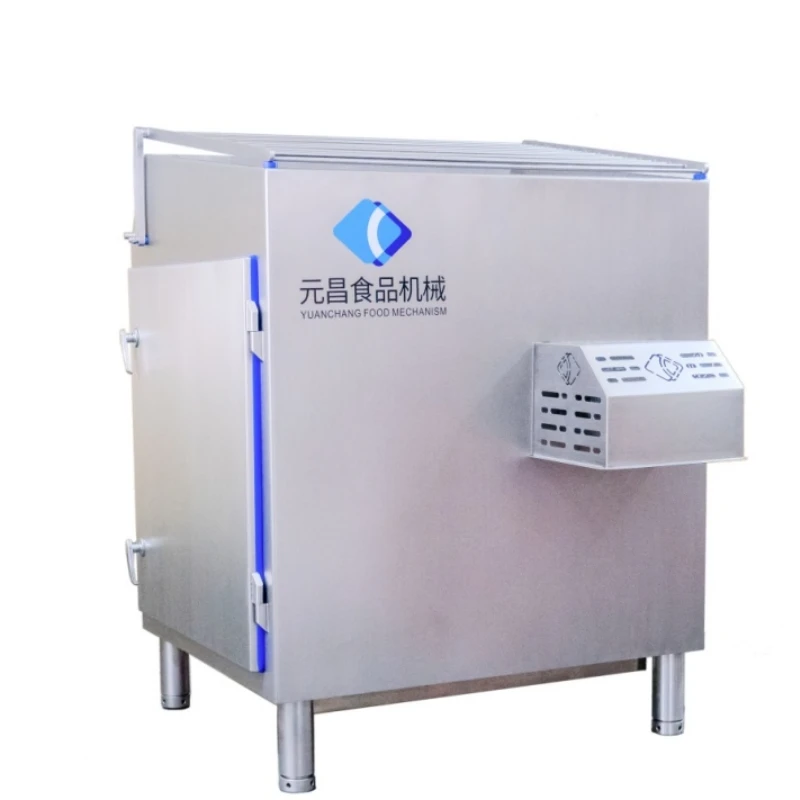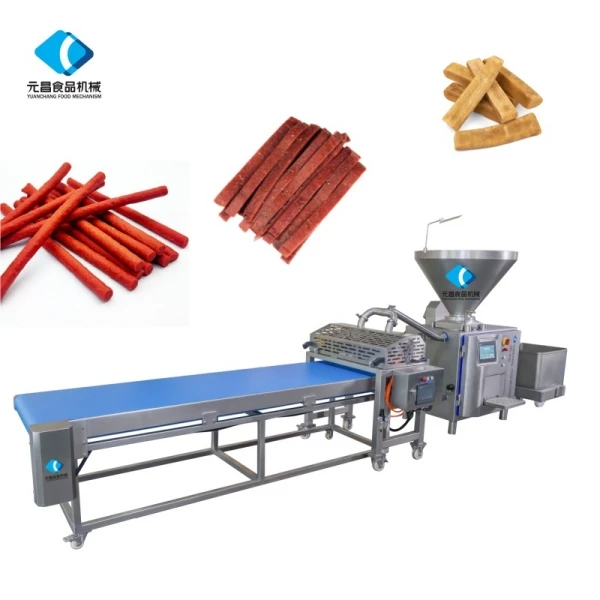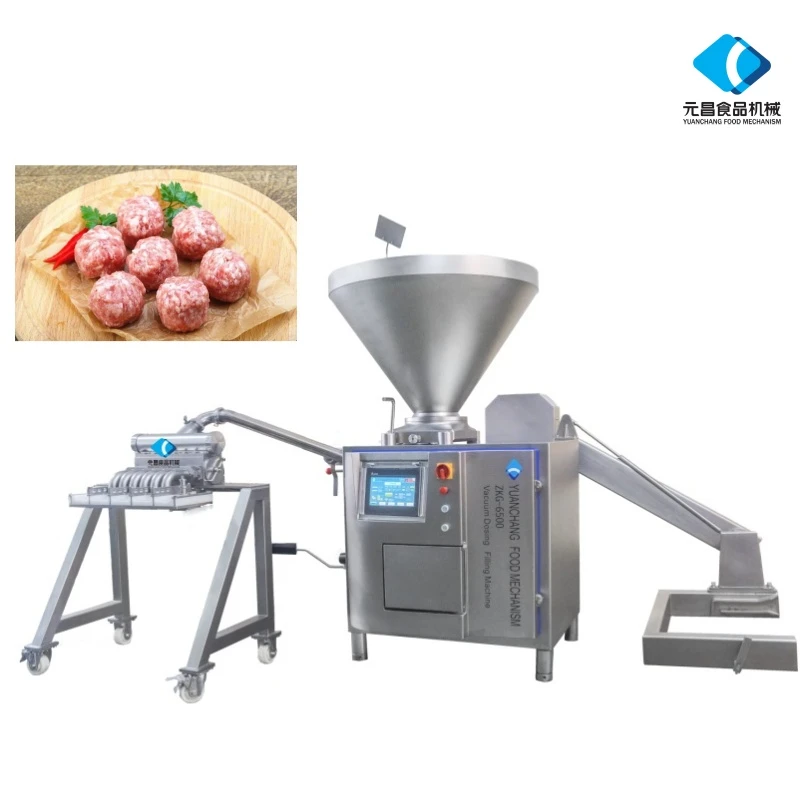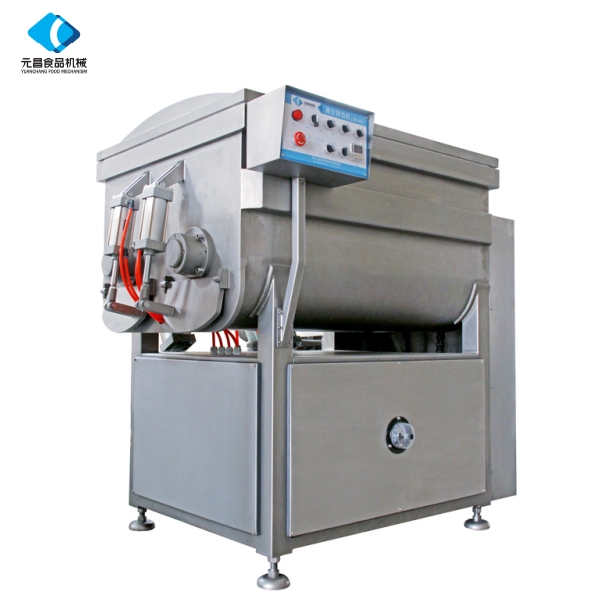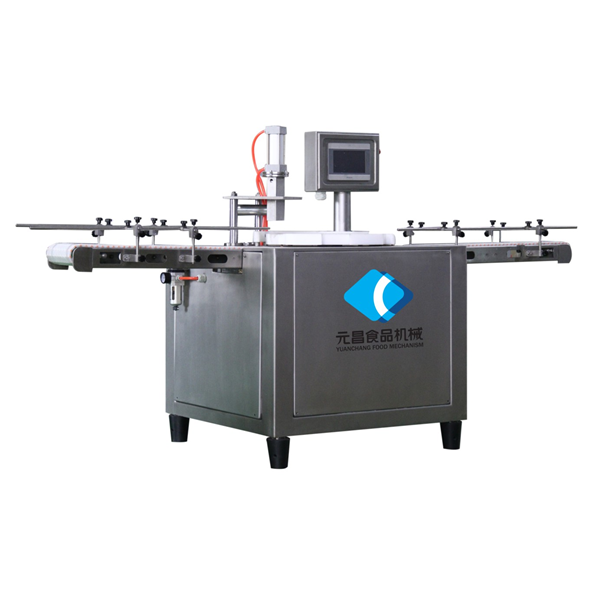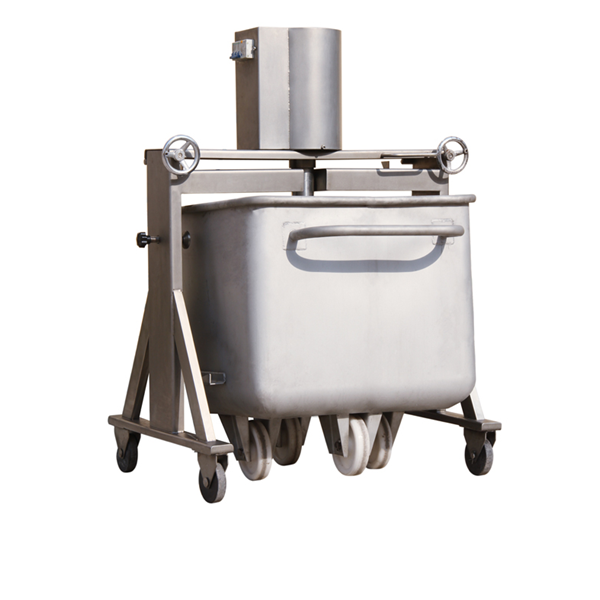- Afrikaans
- Albanian
- Amharic
- Arabic
- Armenian
- Azerbaijani
- Basque
- Belarusian
- Bengali
- Bosnian
- Bulgarian
- Catalan
- Cebuano
- chinese_simplified
- chinese_traditional
- Corsican
- Croatian
- Czech
- Danish
- Dutch
- English
- Esperanto
- Estonian
- Finnish
- French
- Frisian
- Galician
- Georgian
- German
- Greek
- Gujarati
- haitian_creole
- hausa
- hawaiian
- Hebrew
- Hindi
- Miao
- Hungarian
- Icelandic
- igbo
- Indonesian
- irish
- Italian
- Japanese
- Javanese
- Kannada
- kazakh
- Khmer
- Rwandese
- Korean
- Kurdish
- Kyrgyz
- Lao
- Latin
- Latvian
- Lithuanian
- Luxembourgish
- Macedonian
- Malgashi
- Malay
- Malayalam
- Maltese
- Maori
- Marathi
- Mongolian
- Myanmar
- Nepali
- Norwegian
- Norwegian
- Occitan
- Pashto
- Persian
- Polish
- Portuguese
- Punjabi
- Romanian
- Russian
- Samoan
- scottish-gaelic
- Serbian
- Sesotho
- Shona
- Sindhi
- Sinhala
- Slovak
- Slovenian
- Somali
- Spanish
- Sundanese
- Swahili
- Swedish
- Tagalog
- Tajik
- Tamil
- Tatar
- Telugu
- Thai
- Turkish
- Turkmen
- Ukrainian
- Urdu
- Uighur
- Uzbek
- Vietnamese
- Welsh
- Bantu
- Yiddish
- Yoruba
- Zulu
Bowl Chopper Machine for Meat Processing Affordable Prices
- Innovations in Bowl Chopper Machine Technology
- Performance Analysis: Impact on Production Metrics
- Technical Advantages Driving Operational Efficiency
- Comparative Manufacturer Capability Matrix
- Custom Solutions for Specialized Processing Requirements
- Application Case Studies Across Food Sectors
- ROI Considerations for Bowl Chopper Machine Investment
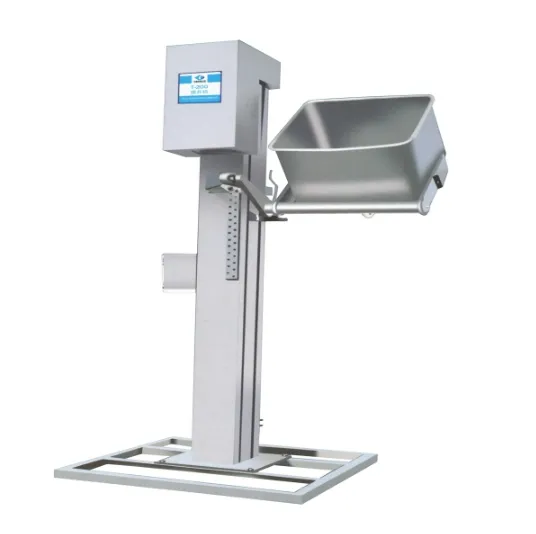
(bowl chopper machine)
Unlocking Efficiency Through Modern Bowl Chopper Machine Technology
The evolution of industrial bowl chopper machine
s continues transforming commercial food production capabilities. Unlike traditional grinders, contemporary units utilize precision-engineered blades rotating at 1,500-3,500 RPM within a counter-rotating stainless-steel bowl, ensuring particle size uniformity within ±0.3mm tolerance. This technology achieves 98% protein extraction from meat inputs, directly impacting product yields and profitability. Current market analysis indicates production facilities experience average waste reduction of 22% when upgrading to modern bowl choppers, with labor efficiency gains of 17-30% compared to manual alternatives. Operational economies become measurable immediately: processors handling 5-ton daily volumes report 12-month ROI periods through yield optimization alone.
The Technical Evolution of High-Performance Chopping Systems
Today's commercial-grade bowl cutters incorporate revolutionary design features. Advanced models feature variable-frequency drives enabling operators to adjust blade velocity between 6-120 revolutions per minute, accommodating textures ranging from coarse salsa to fine emulsions. Patented blade geometries reduce energy consumption by 28% while maintaining 200-liter batch capacities. Hygiene improvements include quick-release mechanisms reducing sanitation cycles to under 15 minutes – critical for USDA-compliant meat processing. Thermal sensors maintain product temperatures below 4°C throughout operations, preserving cellular integrity. These engineering advancements directly translate to 40% faster emulsification cycles and 19% reduced utility costs per production run.
Comparative Analysis of Commercial Bowl Chopper Systems
| Brand Specification | Capacity | Power | Cycle Time | Noise Level | Price Range |
|---|---|---|---|---|---|
| Kilia ProCut | 200L | 22kW | 4min | 76dB | $46,500 |
| Mainca Fusion | 180L | 18kW | 5min | 81dB | $38,200 |
| Seydelmann K30 | 300L | 30kW | 3.5min | 74dB | $62,800 |
| Torrey SX-160 | 160L | 15kW | 6min | 83dB | $34,750 |
Technical comparison reveals significant operational variance where Seydelmann's 300L models command premium pricing but deliver 23% faster processing, while Torrey's entry-level units offer accessible entry despite longer cycle durations.
Tailoring Bowl Cutters for Specialized Production Needs
Leading manufacturers now offer extensive customization beyond standard bowl chopper machine meat processing configurations. Facilities handling sticky dough formulations benefit from proprietary non-adhesion bowl coatings reducing residue by 87%. Fish processors utilize specialized titanium inserts preventing metal contamination during fine mincing. Alternative energy models exist: a Midwest deli meats plant modified their bowl cutter with 15kW solar integration, reducing grid consumption by 64%. For temperature-sensitive applications, cryogenic adaptations using liquid nitrogen injection achieve -7°C operating environments during emulsification. These purpose-built configurations typically add 18-30% to base equipment costs but increase production efficiency 42% in specialized applications.
Industry Application Performance Benchmarks
Case Study 1: A European sausage manufacturer processing 12MT daily implemented automated bowl choppers with recipe memory functions. Results showed 31% reduction in lean meat content requirements while maintaining texture profiles, saving €228,000 annually on raw materials.
Case Study 2: A ready-meals facility handling vegetable preparations adopted vacuum bowl choppers. The 0.8bar environment minimized oxidation, extending product shelf-life by 40% and reducing food waste by 27MT monthly.
Case Study 3: A pet food processor recorded post-installation metrics: their bowl chopper machine meat emulsification phase decreased from 18 to 6 minutes per 150kg batch, enabling 22 additional production cycles daily without labor increases.
Evaluating Your Bowl Chopper Machine Price-to-Value Proposition
Capital investment analysis must transcend initial equipment pricing. Our operational data indicates substantial variance: while entry-level bowl choppers average $35,000, premium configurations reaching $85,000 demonstrate superior lifespan economics. Breakdown metrics demonstrate critical factors:
- Durability: Commercial-grade units maintain consistent output for 16,000 operational hours before major service
- Throughput: High-capacity machines process 4.3MT hourly versus 1.8MT for economy units
- Maintenance: Predictive maintenance systems reduce service costs 62% over mechanical equivalents
Production managers confirm that 88% of facilities recoup bowl chopper machine investments within 14 months through yield improvements and labor savings, with premium models delivering 25% higher ROI despite higher initial cost.
The Strategic Advantage of Advanced Bowl Chopper Machine Investments
Optimal selection requires matching bowl chopper capabilities to precise operational requirements rather than defaulting to standard configurations. Operations requiring frequent product changeovers should prioritize programmable logic controls storing over 200 recipe parameters. Facilities handling frozen inputs need hydraulic bowl positioning systems accommodating temperature-induced contraction. Processing temperature-sensitive fats demands specialized refrigerant jacket technology. When production volume justifies investment, twin-bowl configurations enable continuous processing - eliminating transfer delays between batches. Technical evaluations confirm properly specified bowl cutters increase overall production capacity 55% while reducing manual handling requirements by 78%, validating their essential role in modern food production economics.
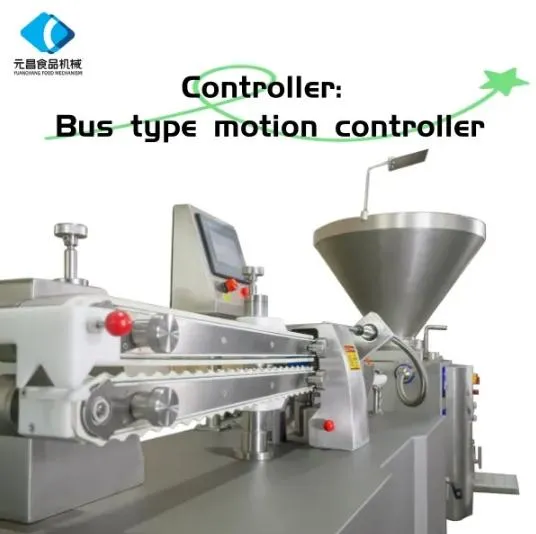
(bowl chopper machine)
FAQS on bowl chopper machine
What is a bowl chopper machine used for?
Q: What is a bowl chopper machine used for? A: A bowl chopper machine is designed to finely chop, mix, and emulsify ingredients like meat, vegetables, and spices, commonly used in food processing for sausages, patties, or ready-to-cook meals.
What factors affect bowl chopper machine price?
Q: What factors affect bowl chopper machine price? A: The price depends on capacity, material quality (stainless steel), automation level, and brand. Industrial-grade models cost more than smaller, manual versions.
Can a bowl chopper machine handle frozen meat?
Q: Can a bowl chopper machine handle frozen meat? A: Yes, many heavy-duty bowl choppers can process partially frozen meat, ensuring consistent texture while preventing overheating during prolonged chopping cycles.
How to clean a bowl chopper machine after meat processing?
Q: How to clean a bowl chopper machine after meat processing? A: Disassemble removable parts, wash with food-safe detergents, and sanitize. Wipe the blades and bowl carefully to avoid injury, ensuring no residue remains.
Is a bowl chopper machine suitable for small-scale meat production?
Q: Is a bowl chopper machine suitable for small-scale meat production? A: Yes, compact models with 10-20L bowl capacities are ideal for small businesses, offering efficient chopping and mixing without occupying excessive space.
-
Buy Powerful Electric Meat Grinders for Home & Commercial UseNewsJun.02,2025
-
Premium Meat Industry Machinery Durable & Efficient SolutionsNewsJun.02,2025
-
Vegetable Slicer with Bowl 3-in-1 Electric Meat & Veggie Grinder Slicer MachineNewsJun.02,2025
-
Meat Mixer & Grinder Combo - Efficient Meat Blending & Grinding SolutionsNewsJun.01,2025
-
Automatic Sausage Stuffer Machine High-Capacity Vacuum & Twist SystemNewsJun.01,2025



